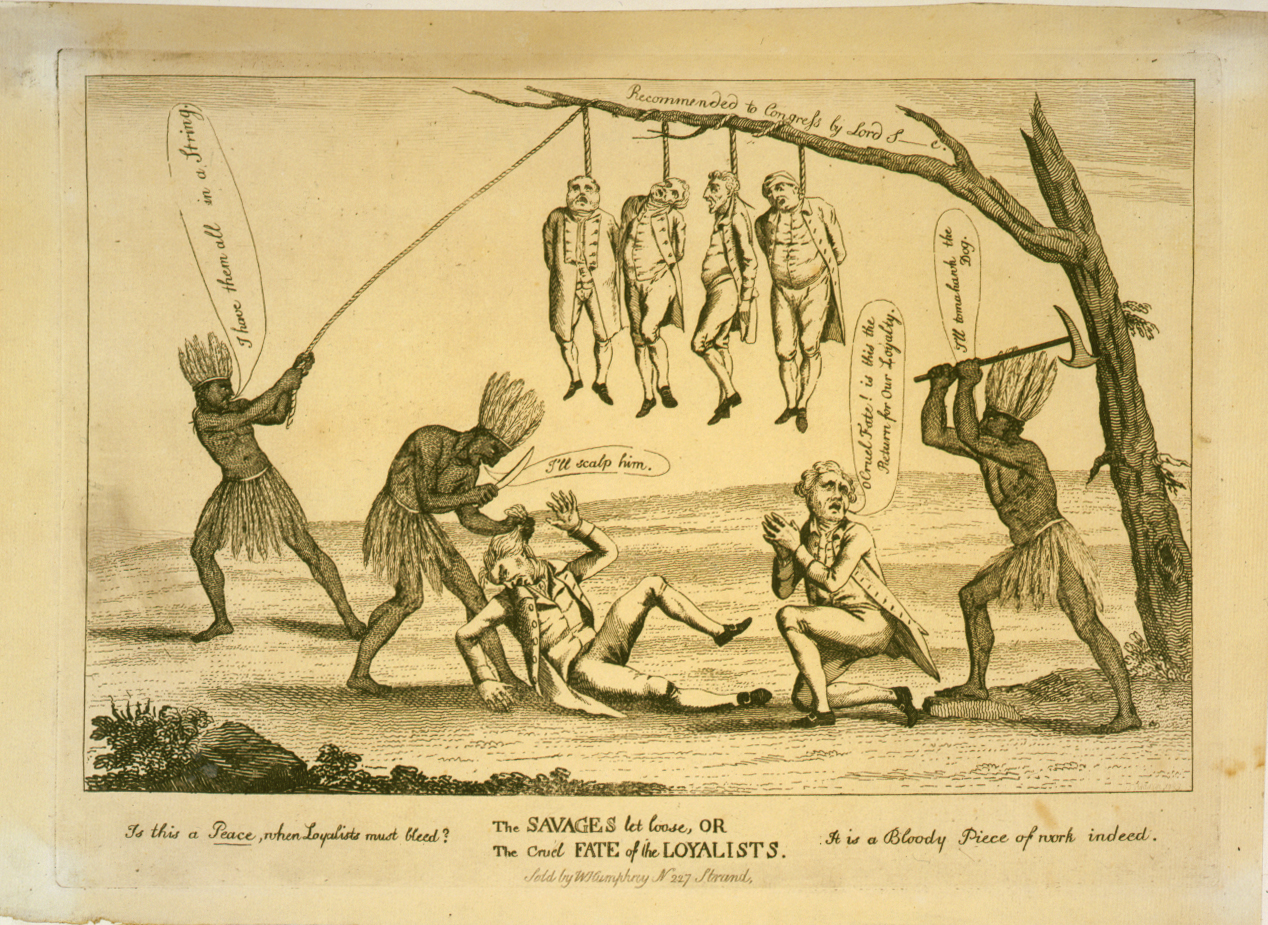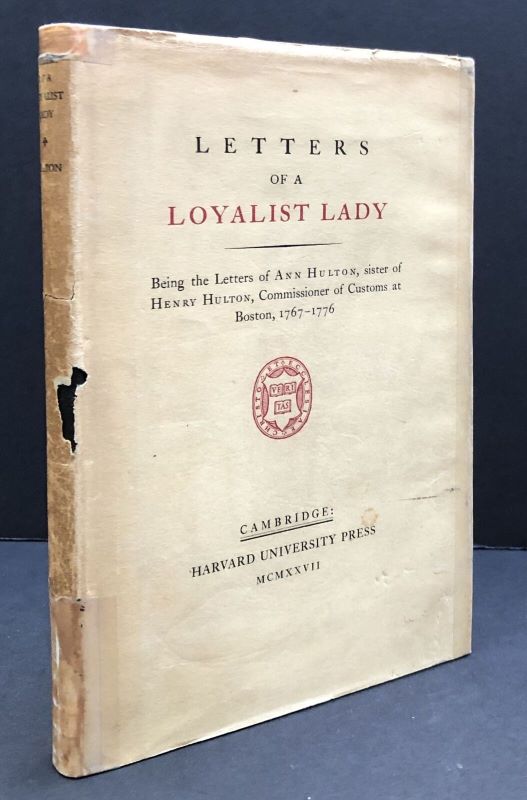Authors:
Historic Era: Era 3: Revolution and the New Nation (1754-1820s)
Historic Theme:
Subject:
Spring 2024 | Volume 69, Issue 2


Authors:
Historic Era: Era 3: Revolution and the New Nation (1754-1820s)
Historic Theme:
Subject:
Spring 2024 | Volume 69, Issue 2

It has been said that history is written by the victors, so it is not surprising that the story of Loyalists who lived in the American colonies and held fast to their loyalty to the Crown is not as widely known as that of the Revolutionary War’s victors. In many ways, Loyalists suffered not only the slings and arrows of their Patriot neighbors as the drumbeat to independence from England grew louder and louder. Many Loyalists suffered the agony of fleeing their towns and homes for another country. Historian Thomas B. Allen characterized the Revolutionary War as “America’s first Civil War.” By the end of that conflict, between 60,000 and 100,000 people fled their homes in the colonies.
Before the outbreak of that war, the tumult was already reaching up and down the eastern seaboard. It was most contentious, though, in what several historians have called “The Cradle of the American Revolution,” Massachusetts. From Boston’s furious streets into the Massachusetts colony’s hinterlands, whether originating with individuals or stimulated by local Committees of Correspondence (formed to exchange information and ideas within and among the several colonies and, later, with local Committees of Safety that coordinated military and security issues), antagonisms ran hot and heavy among the populace.
Loyalist Ann Hulton wrote a friend a letter on September 4, 1767 from her home in Brookline, Massachusetts (a town of about 600 people surrounded on three sides by Boston) that promised “many things to tell you, & some very interesting events I must communicate . . . .” This and later letters were collected in a book, Letters of a Loyalist Lady, which wasn’t published until a century and a half later. In addition to reflecting upper-class life (her brother Henry, who lived with her, was the Crown’s Commissioner of Customs in Boston) during a particularly fractious period in colonial America, the letters offered a firsthand view by a fervent Loyalist.

By 1776, the Hulton siblings had had enough of the tensions in their colony and bolted for England’s friendlier shores. Ann wrote in one of her letters that, during her family’s stay in Brookline, “ruffians” armed with swords and pistols had broken into their house, smashed windows, and beat and shot at them. She detailed the tarring, feathering, and whipping of a Loyalist customs officer and wrote of a